One of the most important watercolour supplies you’ll purchase is watercolour paper. The type of paper you choose can have a big impact on your painting experience and the effect you are hoping to achieve.
The type of watercolour paper you choose will depend on a few factors:
- Your style of painting (loose or detailed)
- The media used (just watercolour or mixed media)
- Purpose of artwork (practice or finished piece)
- Your overall budget
Before you spend your hard earned money on paper, it’s best to figure out which type will work best for you.
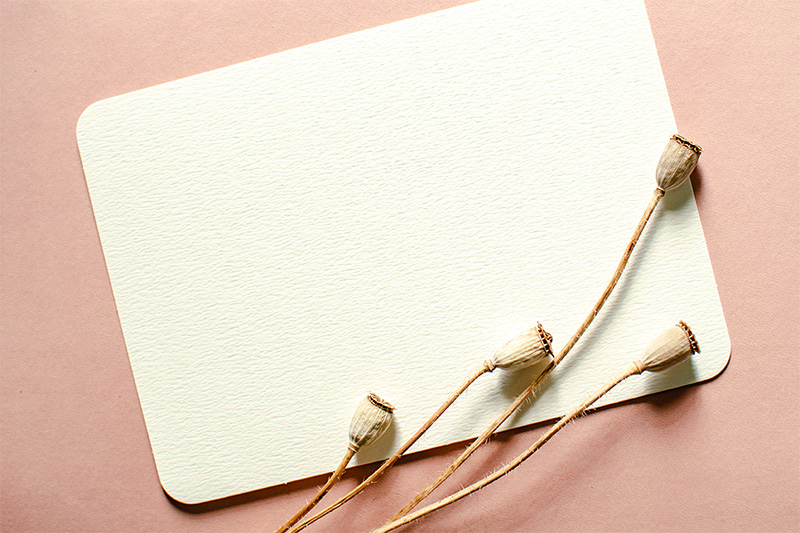
Types of Watercolour Paper
When you’re looking to purchase a pad of watercolour paper, you’ll likely be met with a plethora of different brands, sizes, textures, weights, and fibers. It can be quite overwhelming and leave you wondering what type of paper you should use for watercolour in particular.
Since watercolour is a wet media, papers have been specially made to accommodate water without buckling, curling, or shrinking.
It’s easiest to break down the types of watercolour paper into two categories: student grade paper and artist grade paper.
The major differences between these two categories include the content of the paper – i.e. what it’s made of — and the weight of the paper.
Watercolour Paper Content
Watercolour paper can be made with a variety of different materials including cellulose, wood pulp, cotton, linen, hemp, or bamboo.
The quality of your paper really depends on the content that is used to manufacture the paper.
Student grade papers tend to use cheaper materials like wood pulp and sometimes a mixture of wood and cotton pulp.
This type of paper is not the best at handling a lot of water, creating lots of painted layers, or handling scrubbing and taping. It tends to buckle and wear the more you work with it.
These types of papers can be great for practice work or first drafts, but if you really want to see what your watercolour paint can do, you’ll want to look for a paper that is labeled as Artist or Professional quality.
Artist grade paper usually consists of 100% cotton fibers. You’ll also want to make sure that the paper specifically says “acid free” (more on this below).
What Does Acid Free Mean?
In simple terms, acid-free paper will not yellow over time. It is made to be pH neutral and withstand chemical changes that happen when compounds are mixed during the refining process.
The acid is what breaks down the chemical compounds of the paper and creates the brittle, yellow toned paper that you might correlate with an old newspaper.
You should always look for an acid-free paper if you want your paintings to last a long time.
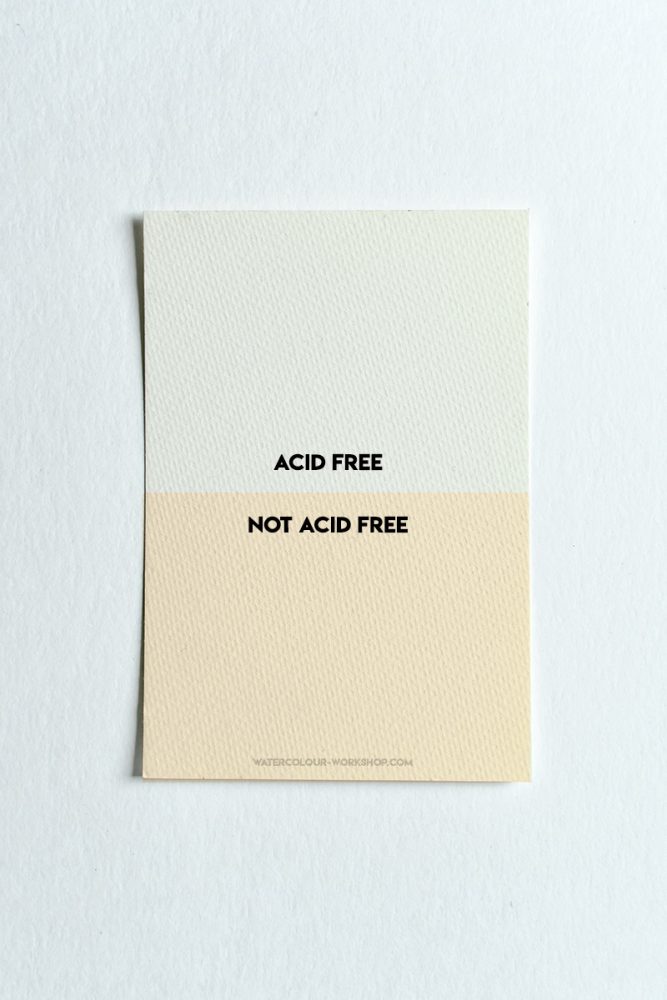
The Difference Between Mixed Media Paper and Watercolour Paper
You might be wondering “can I use mixed media paper for watercolour?” This is a question that many beginners have because it is tempting to just purchase a one-size-fits-all option.
First, what is mixed media paper?
Mixed media paper is sort of like a combination of standard drawing/sketching paper and watercolour paper. It has fibers that are more tightly compressed which, unlike typical watercolour paper, don’t allow for very good absorption or layering/glazing techniques.
…think of cold press watercolor paper as a bath towel, and mixed media paper as a polyester shirt. The bath towel will absorb water more easily than the polyester shirt.”
The Strathmore website
These types of papers work well with ink, coloured pencils, acrylic, charcoal, graphite, and marker. But for water application, they generally aren’t the greatest as compared to watercolour paper.
Typically the weight of mixed media paper is lighter than watercolour paper which can cause bending, buckling and curling. Although you can find heavier weight mixed media paper, it might just make more sense to purchase a dedicated watercolour paper.
Textures of Watercolour Paper
Watercolour paper is made in different ways to produce different results. The texture of your paper is based on how the paper was made and pressed. The three main ways of producing the paper are:
Handmade – textile fibers are used to make this paper, such as linen, cotton, or hemp. The handmade production offers a unique and more irregular texture which is lovely to work with. Handmade paper is often 100% cotton and more expensive than other papers.
Mould Made – made on a vat and cylinder mould machine but simulates the look of a handmade paper. Normally these contain a mix of fibers and aren’t 100% cotton.
Machine Made – More-so used in student grade papers and often contains wood pulp. Each sheet will have a consistent look and feel to it as opposed to the other options.
Now that you know the 3 main types of paper production, we can’t talk about textures without talking about cold pressed, hot pressed, and rough watercolour paper.
Cold Pressed vs. Hot Pressed vs. Rough Watercolour Paper
The texture of your paper is entirely a preference. Some artists prefer a smooth surface, while others prefer something with a little (or a lot!) or texture.
Hot Pressed paper has a smooth surface and is best used for detailed artwork and consistent washes. It’s also lovely to use with ink or gouache. This paper doesn’t absorb as much water and has the least amount of texture as compared to the other options. Because of the lack of absorption, glazing will tend to lift the paint from the previous layer.
Cold Pressed paper has a texture that is somewhat in between hot pressed and rough paper. It allows for pigment to absorb deeper into the paper. This is a favourite among many watercolour artists because of the added texture but also the ability to take detail well.
Rough paper is exactly what the name suggests. It has a much rougher texture which is great for loose style paintings. The absorption is greater which means it will be tougher to remove unwanted pigment. Wet on wet application is beautiful on this paper.
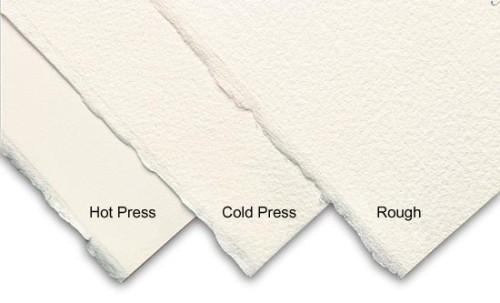
Watercolour Paper Weights Explained
The weight of your watercolour paper again depends on your application techniques and preferences. There are three most commonly used weights:
- 90lb / 140gsm
- 140lb / 300gsm
- 300lb / 638gsm
The difference in weight is something you can visually see and feel. 90lb paper isn’t the best option for watercolour but it can be great for making prints of your work.
140lb is pretty much the standard in watercolour paper weights being that it is thick enough to handle water well and can be taped down to a surface to prevent warping. Anything less than this weight is considered “light”.
To prevent buckling even further, it’s best to stretch this weight of watercolour paper before use, but that’s a whole other blog post!
300lb paper is double the thickness of 140lb paper which means it’s more expensive. However, you won’t have to worry at all about warping or buckling. This weight of paper and anything over this weight is considered “heavy”.
Watercolour Pads vs. Blocks
Watercolour paper also comes in two standard options: pads or blocks.
A pad is a typical paper pad that has joining adhesive on one edge, allowing you to tear sheets off easily.
A block of paper is the same concept as a pad, but the adhesive is applied to all edges of the pad. This allows the paper to stay flat to the block until you are ready to carefully detach it from the block.
This option helps to prevent bending and can be an alternative to taping down your sheet of paper to a hard surface.
TL;DR
If you’re using watercolour paper for practice and don’t use a lot of detail in your work, try a 140lb cold pressed machine made paper. Try hot pressed if you love using ink or finer details. This is a budget friendly option.
If you’re creating finished artwork, make sure you buy an acid-free paper of at least 140lbs. Try a 100% cotton handmade style paper for a more professional look. Rough paper looks great with looser paintings and a lot of wet on wet techniques. Cold pressed is pretty much good for anything. Hot pressed is best for finer details and a smooth surface.
Most importantly, have fun! There is no one-size-fits-all option for watercolour paper. Your choice entirely depends on your painting style and preference.
Pin this:
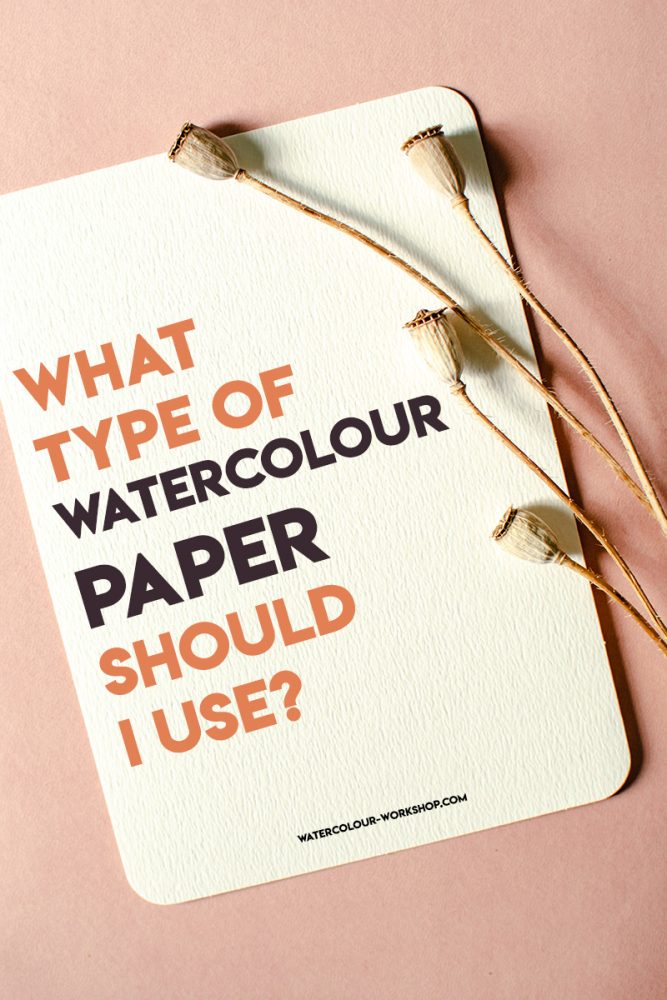
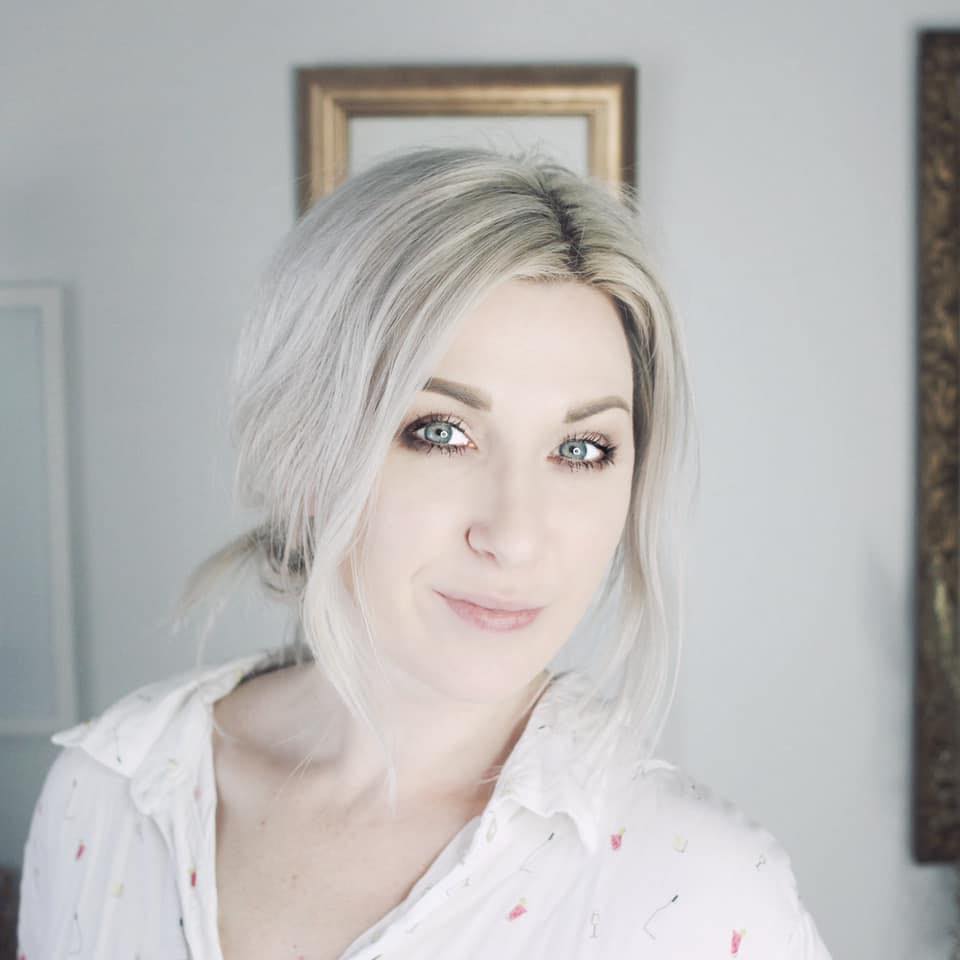
Besides being a wife and mama, I’m an entrepreneur, artist and author of the Watercolor With Me book series. I’m from Ontario, Canada and founder of the brand Wonder Forest. I’m here to help you on your watercolour journey!

Excellent explanation about papers
From my 1st lesson with an instructor was DON’T BUY JUNK! That went for paper, brushes, and paint. Best advice I could have had.
Great lesson